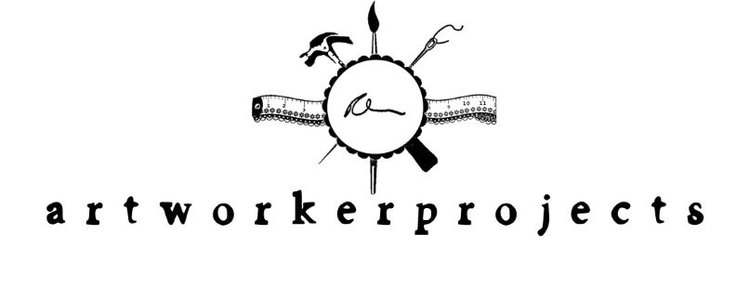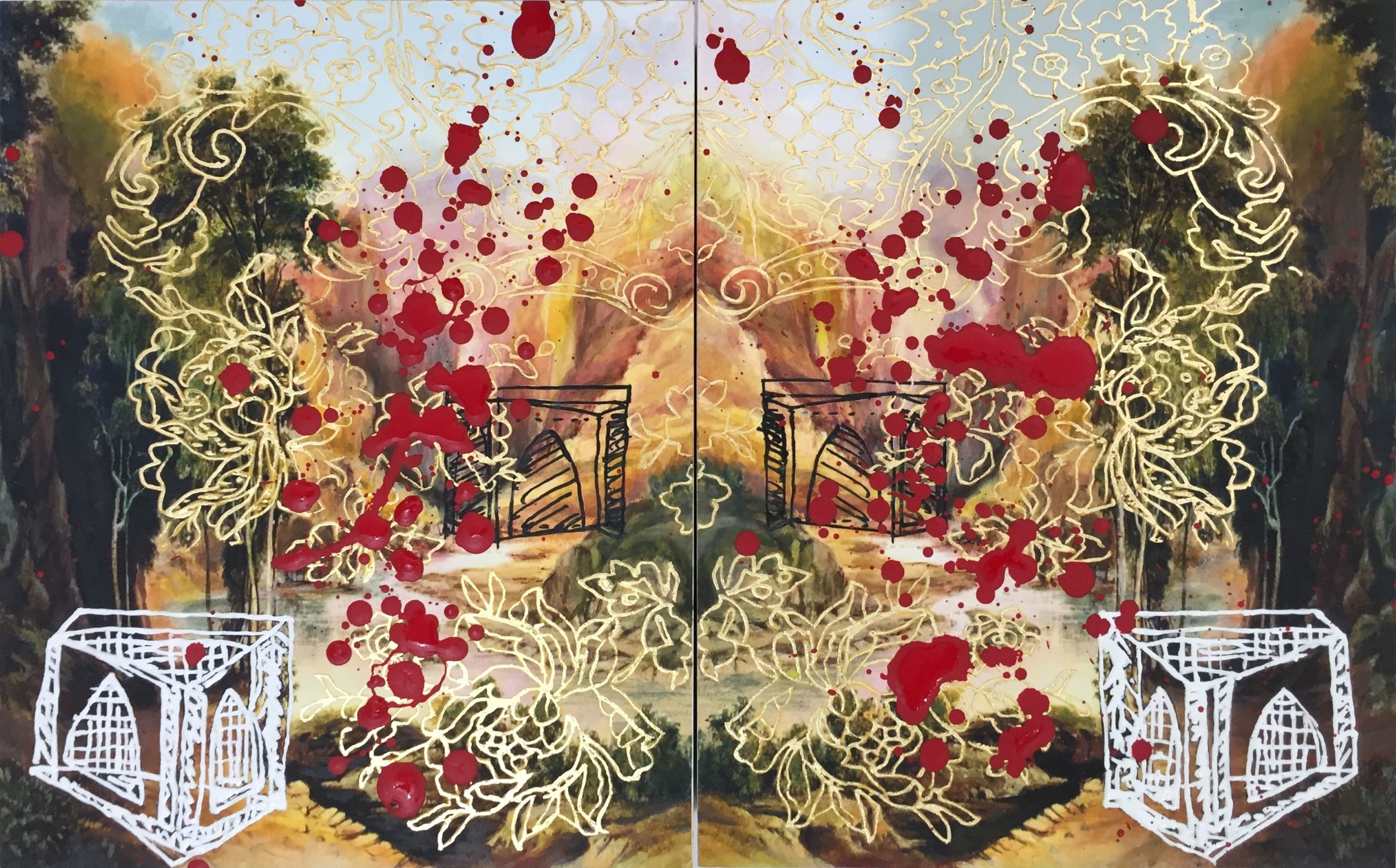The landscape is taken from John Glover’s “Tasmanian Gorge”
I have said, many many times, in my view one is never enough. Of anything, and not just by addicts with no moral compass, think of binge watching TV series; I love them, we love them because we know there’s more in store when a single (or singular) episode ends, that we have dominion, no one is going to tell us we’re done. In a depiction of rural Tasmania, we see colonialism’s bucolic experience of dominion.
Hopes and dreams, solid refuges, structural guarantees; in Jungian dream analysis, the house is a symbol of self. Jung, who saw ‘self’ as a treasure, famously likened our true, inner selves to gold.
“‘The kingdom of Heaven is like treasure hidden in a field
which someone has found; He hides it again,
goes off in his joy, sells everything he owns and buys the field.”
— Matthew 13:44
But in the end, this is what happened
“I finished this piece two days after our dog died. It uncapped a torrent of emotion in me, like I felt the grief for every loss I had ever known. I hesitate to admit that in case others think it a petty and disproportionate response to the actual event. I’d already created the main image, with elements that held personal meanings and wider observations on colonialism – overabundant landscapes, houses representing self, gold lace diversion – which suddenly seemed like empty gestures in the face of my losses. The red, spontaneous eruption of raw, violent grief felt like the least I could do”
This is a study for a larger work yet to come, which has now changed shape in light of the above






